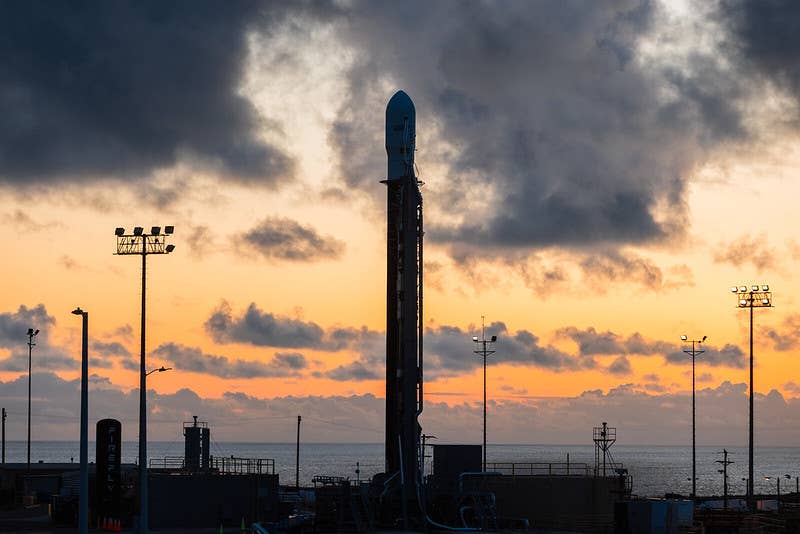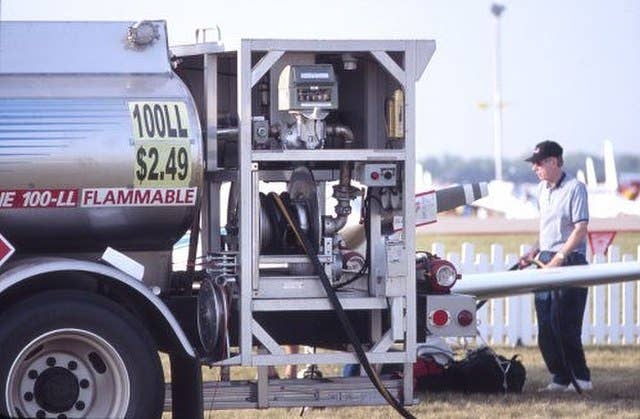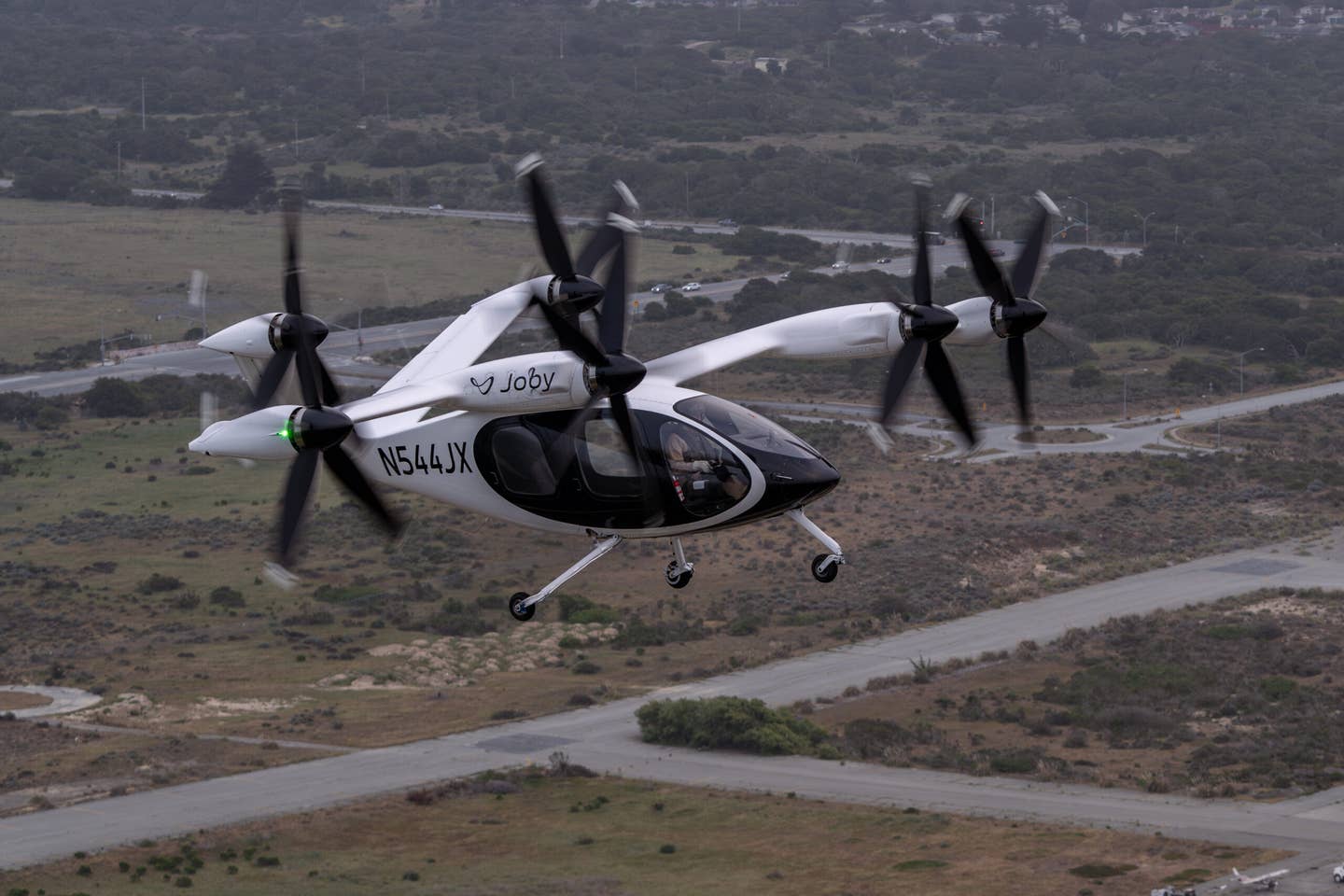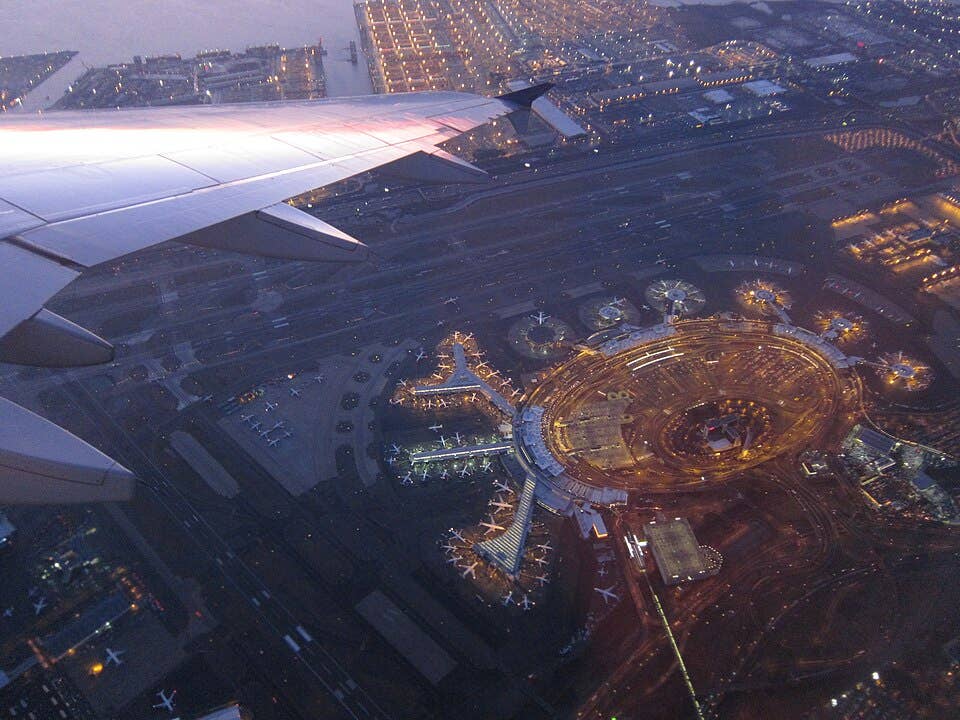NASA Rocket Test Shut Down Early
A planned eight-minute burn of NASA’s Artemis program rocket boosters on Saturday was cut short after little more than a minute but NASA officials are still upbeat about the test….
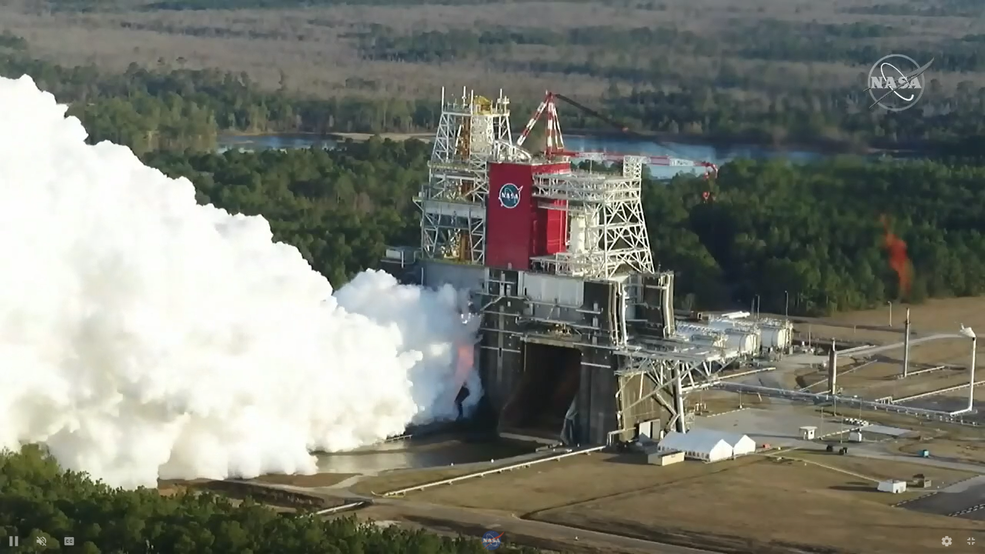
A planned eight-minute burn of NASA’s Artemis program rocket boosters on Saturday was cut short after little more than a minute but NASA officials are still upbeat about the test. "This is not a failure,” said NASA Administrator Jim Bridenstine. “This is a test, and we tested today in a way that is meaningful where we're going to learn ... we're going to make adjustments, and we're going to fly to the moon," he said. The test was to be the last of eight tests of the Space Launch System (SLS) that will push crewed spacecraft into deep space for the Artemis program. Saturday’s test at NASA’s Stennis Space Center in southern Mississippi involved a full load of 700,000 pounds of fuel and firing all four engines at the same time and a NASA official said it was a valve problem that caused the early shutdown.
"What we learned was is that we didn't have the pressurization valve modeled appropriately," John Honeycutt, the SLS program manager, told a news conference. It’s still not clear if a ninth test will be required before the rocket is shipped to Cape Canaveral to prepare it for the first launch. "We got lots of data that we're going to go through and be able to sort through and get to a point where we can make determinations as to whether or not, you know, launching in 2021 is a possibility or not," Bridenstine said.

